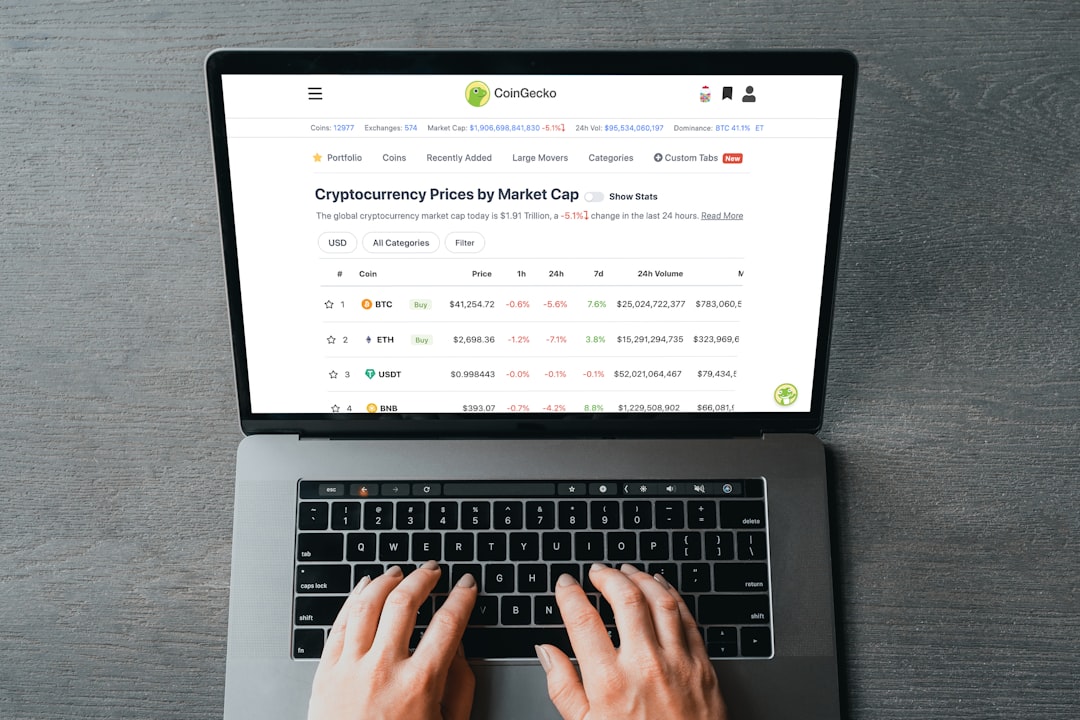As the earnings season gets underway on Wall Street, the euphoria of rapid gains is starting to wane.
Economic uncertainties, geopolitical tensions and the ever-present threat of inflation have left investors feeling like they’re navigating a constant financial storm. In such turbulent times, the appeal of defensive stocks becomes increasingly clear. These resilient companies, often found in sectors like consumer staples, healthcare and utilities, offer a safe haven during increased volatility.
Investing in defensive stocks isn’t about chasing explosive growth. Rather, it’s about building a foundation of reliability. Such companies typically boast strong balance sheets, steady cash flows and a history of dividend payouts. They may not make headlines with explosive growth. But their steady performance can help stabilize a portfolio during periods of uncertainty.
So, to fortify a portfolio against upcoming market volatility, consider adding these three top defensive stocks this month.
CVS Health (CVS)
Diversified healthcare company CVS Health (NYSE:CVS) positions itself as a compelling defensive stock pick.
Although most of us are familiar with its extensive pharmacy network, CVS operates across three key segments. Those entail Pharmacy Services, Retail/LTC (Long-Term Care) and Health Care Benefits. As a result, CVS provides health services and insurance plans as well as an established network of retail pharmacy locations.
Despite worries over how post-Covid19 retail sales may potentially decline, the healthcare giant delivered strong financial in February. Revenue surged an impressive 11.8% year-over-year (YOY) to $93.8 billion, reflecting robust growth across all segments. Also, adjusted earnings per share (EPS) rose 4% to $2.12. Meanwhile, CVS Health announced the rebranding of its Health Services segment to CVS Healthspire. Management highlights that this decision underscores the focus on patient care, pharmacy benefits and provider support solutions stateside.
Yet, CVS stock has declined 13% year-to-date (YTD), offering investors a better entry point. Notably, the healthy dividend yield of around 3.9%. Furthermore, with a forward price-to-earnings (P/E) ratio of 8.3 and a price-to-sales (P/S) ratio of 0.25x, CVS appears undervalued. Finally, analysts have a 12-month price target of $88 for CVS, suggesting potential upside of 28% from current levels.
General Mills (GIS)
We continue our discussion of defensive stocks with the consumer foods manufacturer General Mills (NYSE:GIS). Cheerios, Yoplait, Pillsbury, Haagen-Dazs, Betty Crocker and Blue Buffalo are among the brands in its portfolio of cereals, snacks, yogurt, baking mixes and pet food.
Recent earnings from the food group showed net sales declined 1% to $5.1 billion due to lower volume, which was partially offset by price increases. Yet, operating profit surged an impressive 25% to $911 million, fueled by cost saving measures. Also, adjusted diluted EPS rose a significant 22% to $1.17. These financial figures from General Mills showed improved profitability, stable cash flow levels and a healthy balance sheet.
Meanwhile, management spotlights General Mills remains committed to a long-term “Accelerate” strategy, which prioritizes sustainable growth and top-tier shareholder returns. This approach emphasizes focus on core markets, global platforms and local gems within its portfolio, alongside the ability to adapt its offerings. And, analysts note that General Mills is innovating its product lines to align with contemporary health trends and changing consumer preferences.
While GIS stock has delivered a YTD return of nearly 3%, the company remains attractively valued at 14x forward earnings and 1.9x sales. Also, General Mills has a history of providing consistent dividends to its shareholders which currently offers a 3.56% yield. In addition, Wall Street remains bullish, with a median 12-month price target of $71.50, implying a potential 8% upside.
Invesco S&P 500 High Dividend Low Volatility ETF (SPHD)
Rounding out our discussion of defensive stocks is the Invesco S&P 500 High Dividend Low Volatility ETF (NYSEARCA:SPHD).
This ETF provides exposure to some of the S&P 500‘s high dividend payers. Meanwhile, its focus on lower volatility stocks aims to reduce portfolio swings compared to the the S&P 500 index, or the broader market, enhancing risk-adjusted returns.
Since its inception in October 2012, the fund’s net assets have reached close to $2.9 billion. Currently, SPHD has 52 holdings among utilities (20%), consumer staples (15.7%), real estate (13.9%), energy (11.7%) and healthcare (10%) sectors. Smokable products manufacturer Altria Group (NYSE:MO), energy companies Kinder Morgan (NYSE:KMI) and Dominion Energy (NYSE:D), and telecom giants Verizon Communications (NYSE:VZ) and AT&T (NYSE:T) comprise the leading holdings.
So far in 2024, SPHD has gained 1%. Meanwhile, forward (P/E) and price-to-book (P/B) ratios stand at 13.77x and 2.15x, respectively. Boasting a dividend yield of 4.75%, SPHD presents a compelling option for investors seeking a balance between income generation and portfolio stability.
On the date of publication, Tezcan Gecgil did not have (either directly or indirectly) any positions in the securities mentioned in this article. The opinions expressed in this article are those of the writer, subject to the InvestorPlace.com Publishing Guidelines
